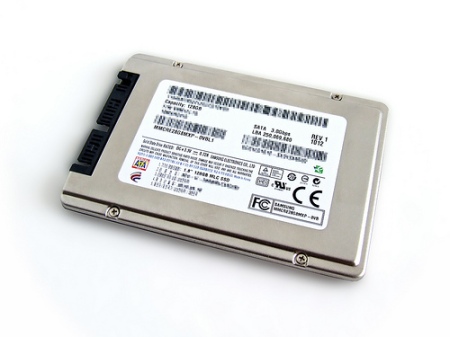Today’s post is a guest article written by one of our longest term members, Fred Cotton of our Northern California chapter. This year has marked 25 years since our organization was founded, and we appreciate the opportunity to learn about how we got to where we are — especially given our strategic plan for coming years. Thank you, Fred, for taking the time to write out your perspective!
 The High Technology Crime Investigation Association has grown into the largest association of its kind in the world and it has been my honor and privilege to be a member of this organization since it was a single chapter located in Los Angeles, CA.
The High Technology Crime Investigation Association has grown into the largest association of its kind in the world and it has been my honor and privilege to be a member of this organization since it was a single chapter located in Los Angeles, CA.
At that time (around 1988) it was an organization comprising law enforcement, prosecutors and corporate security personnel from high-technology firms fighting the rising tide of component theft across California. I was the Director of Training for SEARCH, the National Consortium for Justice Information and Statistics in Sacramento, CA and was developing a training course for law enforcement on computer crimes investigation. The members of the HTCIA were the ones on the front line of the battle against technology crimes in California. They graciously shared their experiences, techniques, successes and failures with me and helped shape the curriculum which grew to encompass the entire nation and many countries around the globe.
Early HTCIA members like John C. Smith, Jim Black, Abigail Abraham, Ken Citarella, Walker Lane, Joe Chiramonte, and Don Ingraham, to name just a few, gave of their time and experience to help develop training and technical assistance for investigators from across the nation. This in turn helped them fight the ever-increasing plethora of technology crimes.
It soon became apparent that this type of organization was a success and more investigators, prosecutors and corporate security personnel joined the team. The Los Angeles chapter grew and in 1989 the Silicon Valley Chapter was formed. The Northern California chapter followed the next year and soon chapters were being formed across the nation as word spread about the benefits of this cooperative model.
During the ensuing years, most of the investigators and investigation teams who successfully broke the most famous and complex cases of the day were proud members of the HTCIA. They developed innovative investigative and prosecutorial techniques as well as influenced the manufacturers of utility software to pursue the development of specialized tools for computer forensics. Their suggestions and requests helped shape the forensic software we all take for granted today.
As the technology advanced, the job of the individual HTCIA members became more complex and required more sophisticated training and more advanced software. It also became apparent that no single agency, no matter how large, was able to take the problem on alone. The cooperation and teamwork displayed between HTCIA members helped solve hundreds if not thousands of cases around the world.
Our corporate partners stepped up and helped our members learn about the new technologies being used in criminal enterprises and how attacks were being perpetrated against corporate enterprise systems. Our law enforcement partners worked tirelessly to investigate the facts of these cases and combine forensic science and computer science to recover critical evidence from deep within computers and networks. Our prosecutors fought to change antiquated laws, to counter defense arguments against computer evidence, and to see that justice was served. Our training organizations developed curriculum based on these success stories and brought up a whole new generation of members who proudly carry on the traditions of the HTCIA organization. Our software partners continue to develop software tools which are critical to the collection and preservation of computer evidence.
Today, the organization is global and boasts a membership in the thousands. Our members constitute the core of professionals who struggle daily with the ever-increasing tide of computer fraud and abuse. Cell phones and PDA’s have been added to the already complex mix of communications technologies spawning new and innovative investigative protocols and techniques. This knowledge is shared among our members through chapter meetings and training conferences. As a result, HTCIA members continue to impact the safety and security of our nations.
Our creed has spread around the industrialized world and we have set the standard for cooperation and success. I am confident that the organization will continue to grow and stand at the forefront of technology crimes investigation for many years to come. Personally, it has been a wonderful experience to be a small part of it. The highest professional honor I have ever received has been the receipt of the first “Lifetime Achievement Award” from my peers at the HTCIA. I look forward to my continued participation in the HTCIA and the benefit I receive through association with the talented professionals who make up its membership.
Image: Jon Kristian via Flickr



 Posted by htcia
Posted by htcia 

